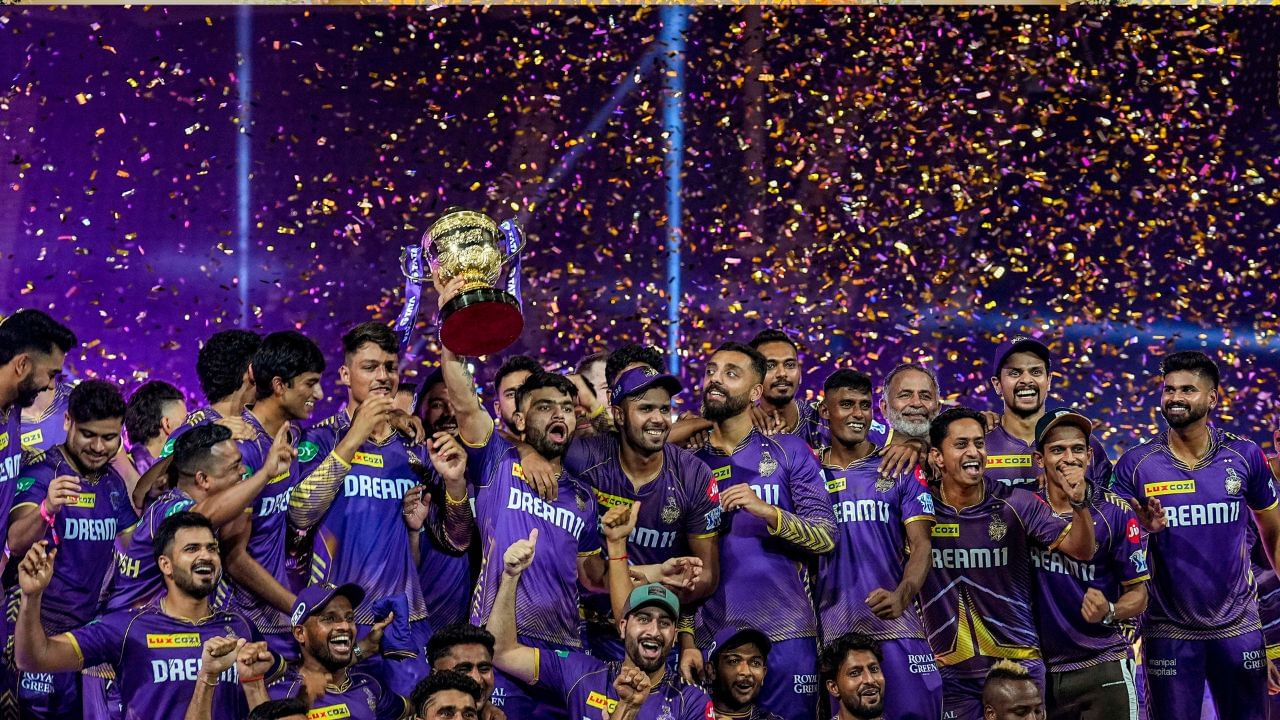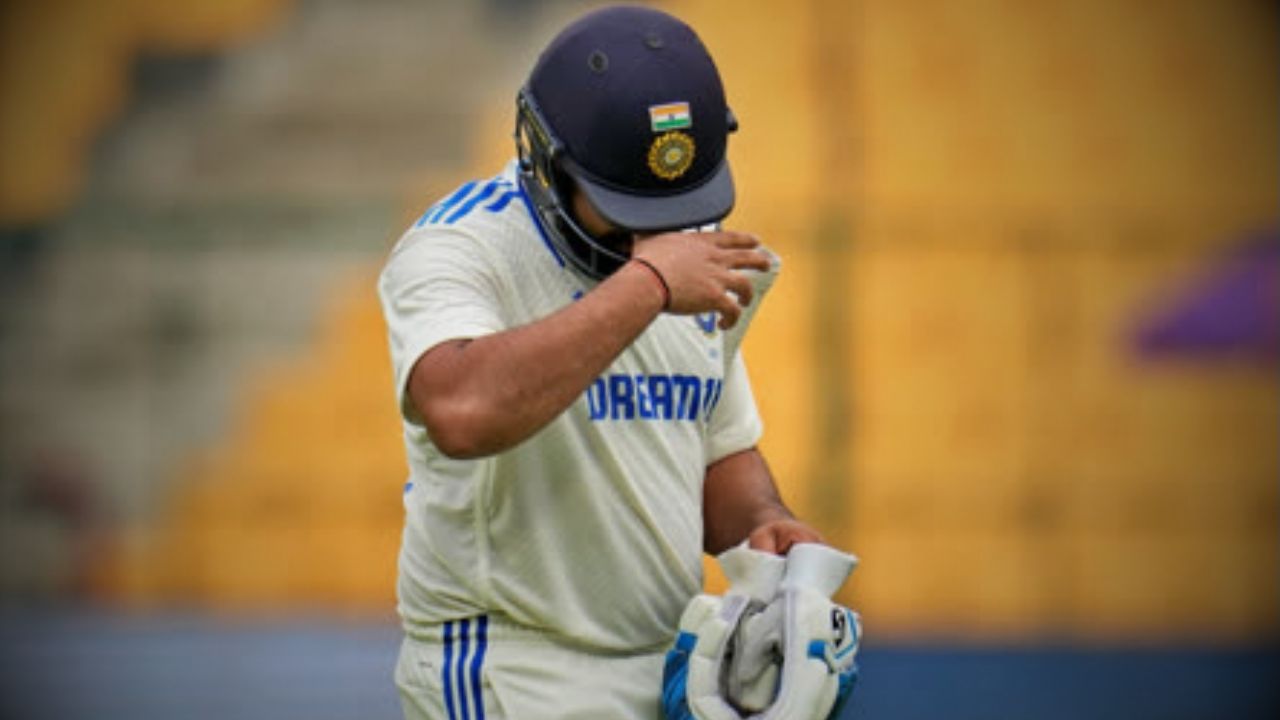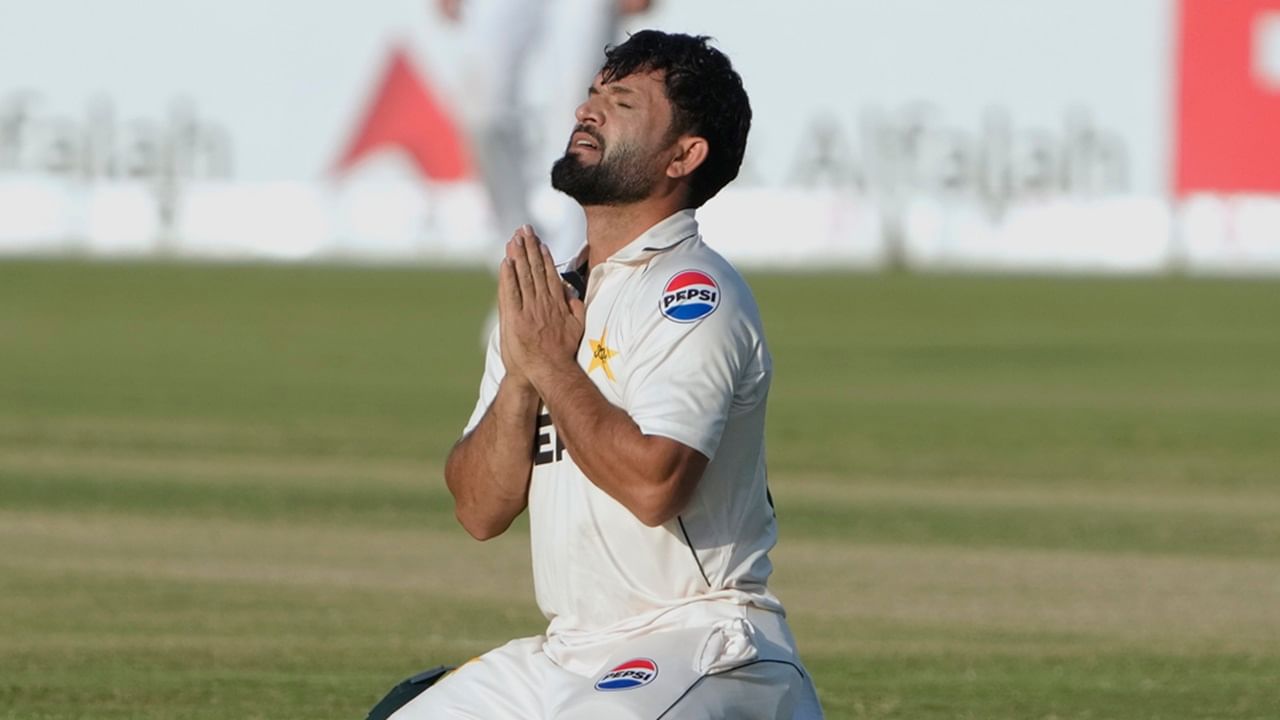The Indian Premier League (IPL) is gearing up for its 2025 season, and with it comes a wave of excitement mixed with controversy surrounding the auction rules. One of the most debated topics is the Right to Match (RTM) card, which has seen some significant changes this year, leading to backlash from various franchises. Many team owners have raised concerns and lodged complaints with the Board of Control for Cricket in India (BCCI) regarding the newly implemented auction rules.
What Are the Changes to the RTM Card?
The RTM card allows a franchise to match the highest bid for a player during the auction, thus retaining them in their lineup. Previously, if a player was auctioned and a franchise used their RTM card, they would simply match the highest bid and retain the player. However, the new regulations introduce a game-changing aspect: once a team uses their RTM card, the team with the highest bid is granted an opportunity to increase their offer. This back-and-forth can significantly alter the dynamics of player retention and bidding during auctions.
Concerns Raised by Franchisees
Franchises argue that the fundamental purpose of the RTM card—reflecting a player’s market value—could be undermined due to this new provision. Teams have expressed that without a cap on the final bid increase for the winning team, the auction process could become arbitrary and convoluted. Many franchises have officially communicated their dissatisfaction to the BCCI, suggesting that this rule may force them to reconsider their strategies for retaining players. Reports indicate that some franchises are even in direct discussions with BCCI officials to address these concerns.
Impact on Player Retention Strategies
With the alterations to the RTM rules, teams may prefer to utilize retention strategies rather than relying on the RTM card, particularly due to the financial implications involved. The BCCI’s intention behind this rule is to entice more star players into the auction, yet it may inadvertently discourage teams from using the RTM option. Fixed retention amounts—Rs 18 crore and Rs 14 crore for players in the 4th and 5th retention ranks—encourage franchises to favor keeping players over auction participation. This could hinder the influx of high-profile players into upcoming auctions, leaving franchises concerned about their competitiveness in the league.
Understanding the New RTM Card Mechanics
Under the new auction rules for IPL 2025, franchises are allowed to retain a maximum of six players, which includes the RTM card. Each franchise can retain up to five capped players—either Indian or international—and a maximum of two uncapped players. Notably, the number of RTM cards available increases as fewer players are retained, giving teams a strategic opportunity during the auction.
For example, if a player is up for auction with an initial highest bid of Rs 6 crore, the current franchise will first be invited to use their RTM card. If they choose to do so, the bidding team would be afforded an opportunity to enhance their offer. Assume they raise their bid to Rs 10 crore; the current team, armed with the RTM card, can then match that offer and retain the player for Rs 10 crore. While this may benefit the player, it presents financial challenges for the existing franchise, ultimately leading to strategic dilemmas regarding player management and pipeline development.
The ongoing discussions reflect the evolving nature of IPL team strategies and the need for rules that foster competitive balance while preserving the interests of all franchises. As the league prepares for its next chapter, the outcomes of these discussions will likely reshape how teams approach player retention and auction strategies moving forward.











